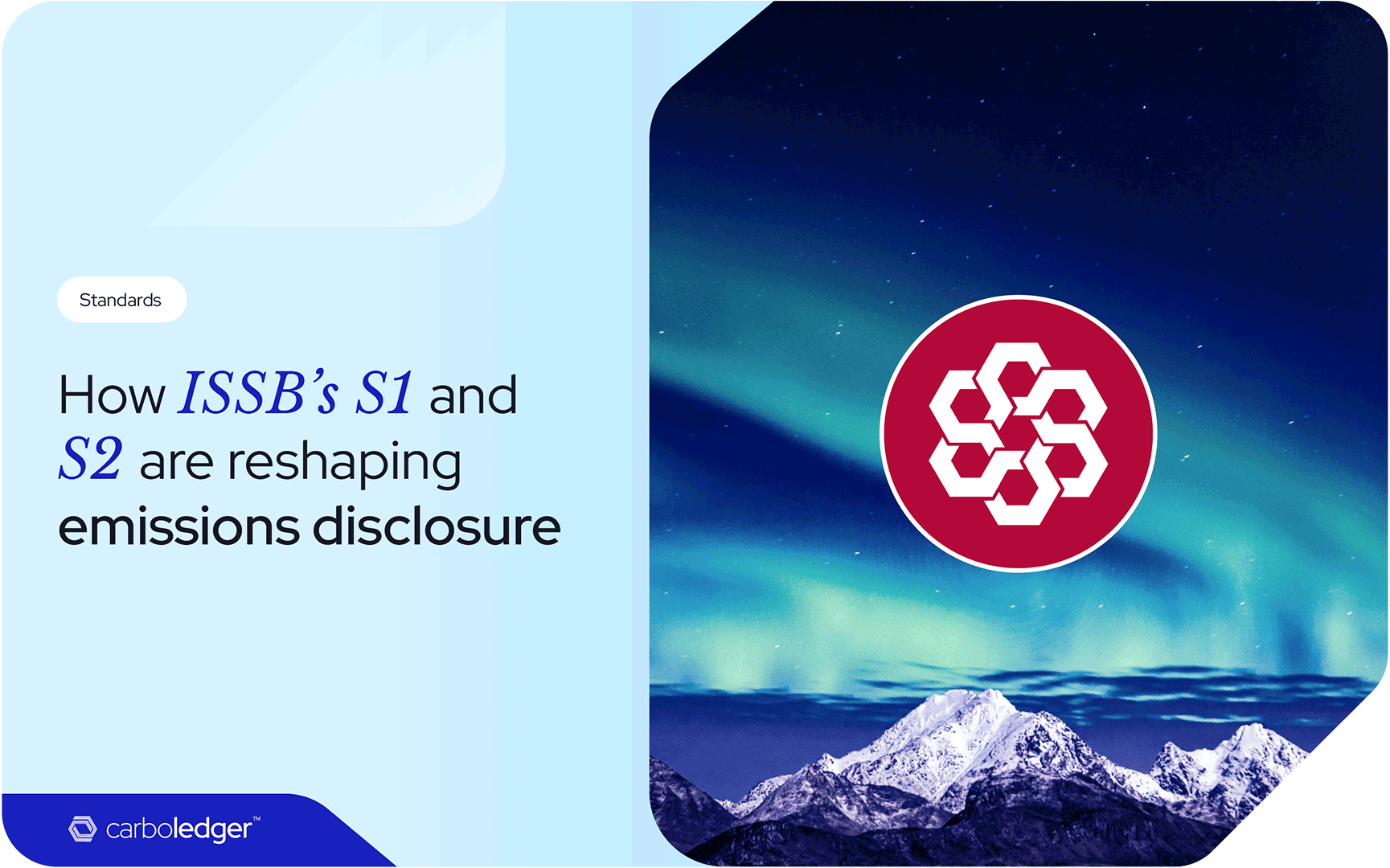If you are responding to the full version of CDPs questionnaire and submit it by their July deadline, they will read all your answers and give you a score. You can get a score ranging from ‘A’ through to ‘D-’. CDPs Scoring Methodology has a number of complexities, in which it weights particular questions to reflect the status of a company’s environmental performance. To get a good CDP score, you need to consider the following:
1. Submit by the deadline and your response will be scored.
2. Answer every question. Leaving a question blank means that you will automatically earn zero, so write down something.
3. Make your answers relevant to your business and avoid generic statements
4. Remember that your scores are reported back to you and allow you to define areas of improvement. So better inputs lead to more useful outputs.
Showing Stewardship
In addition to the technical questions, sections of CDPs questionnaire ask about forward looking aspects to climate change risks and opportunities and what strategies you have in place to measure, monitor and implement good practice. By the time you are completing the questionnaire, you may not be able to answer all these questions fully because your company may not have thought about some of these aspects yet.
Some examples of such forward looking questions inquire about board-level oversight, understanding of climate-related risks and opportunities, targets-setting, value chain engagement and bio-diversity related matters.
You can utilise these types of questions as a framework to design your company’s own sustainability programme. Remember that CDP has used input from thousands of companies over the course of 2 decades to design their questionnaires, so it can act as a valuable resource. CDP also has a guide for taking a step-by-step approach. If you want to know more about how CarboLedger can help you with the technical sections of your CDP climate change disclosure, contact us now!





